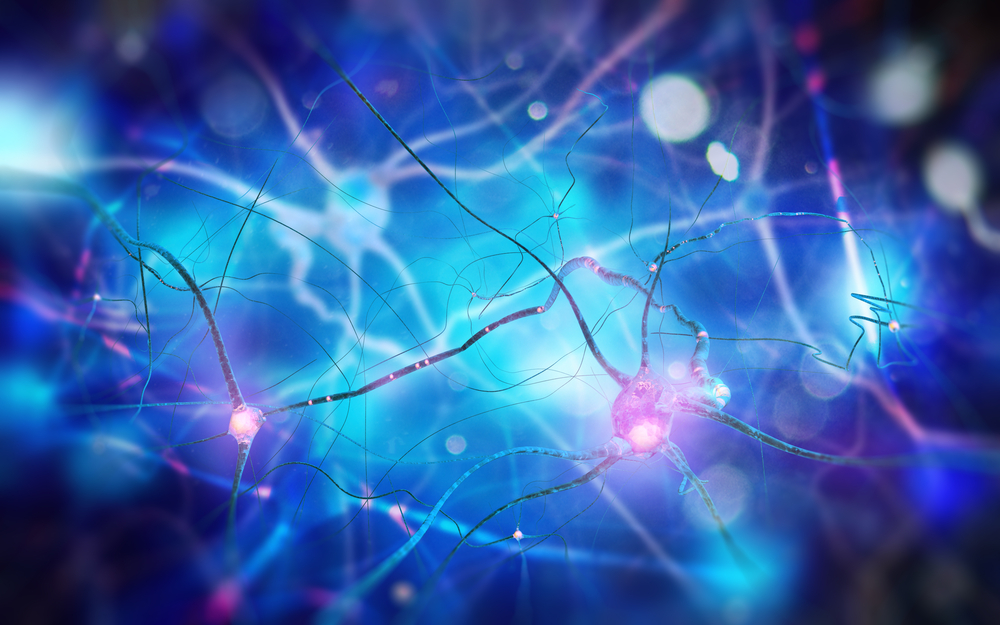Cell Transport Mechanism May Play Role in ALS Patients’ Nerve Cell Toxicity, Study Finds

A cell transport mechanism called endocytosis may be flawed in people with amyotrophic lateral sclerosis, a study reports.
The flaw may contribute to the buildup of protein clumps in muscle-controlling motor nerve cells, a hallmark of ALS.
In a study published in the journal Nature Communications, a University of Arizona research team pinpointed mechanisms that not only offer insights into ALS processes, but may help researchers develop treatments targeting the processes.
Protein clumps, made up mostly of the protein TDP-43, are found in ALS motor nerve cells. But researchers are far from understanding how the aggregates kill nerve cells. Since TDP-43 normally plays important roles in the cell nucleus, the aggregates may be toxic because the protein is no longer performing these functions. But another possibility is that the aggregates themselves are toxic.
Earlier studies suggested that a process called autophagy may be involved in the aggregates’ toxicity. Autophagy is a method by which a cell can clear unwanted or old proteins. An impaired autophagy process would allow proteins to clump, researchers argued.
In the study, “Endocytosis regulates TDP-43 toxicity and turnover,” the team showed that there may be another process at work, too. Endocytosis is a method of transporting proteins and other factors out of cells.
The team discovered that TDP-43 aggregates prevented endocytosis in yeast cells. When researchers boosted endocytosis processes, TDP-43 clumping was reduced, with less toxicity as a result.
They obtained the same results when exploring the links in human cells. Moreover, they could see that TDP-43 proteins were found in the same spots as factors involved in endocytosis — further strengthening the link.
They also looked at what blocking or boosting endocytosis would do to TDP43 levels. More endocytosis — that is, transport of factors out of the cell — reduced the levels. Loss of the transport increased levels of the disease-related protein.
Another experiment was examining the effect of endocytosis in a fruit fly model of ALS. Despite their difference from humans, fruit flies are good models for studying molecular processes involved in human disease. The flies were genetically designed to produce faulty TDP-43, leading to protein aggregation and motor nerve cell disease.
Boosting endocytosis slowed neurodegeneration and improved movement in fly larvae. All these effects were independent of autophagy, researchers said.
This suggested that both processes may be at work in ALS, contributing to the toxicity of protein aggregates.
Learning more about these mechanisms will increase the likelihood of finding an effective treatment for the disease, researchers argued.






